Starting baby on solids is full of excitement and wonder. But one really common question is when can babies eat Cheerios? And thankfully, the answer is pretty straightforward!
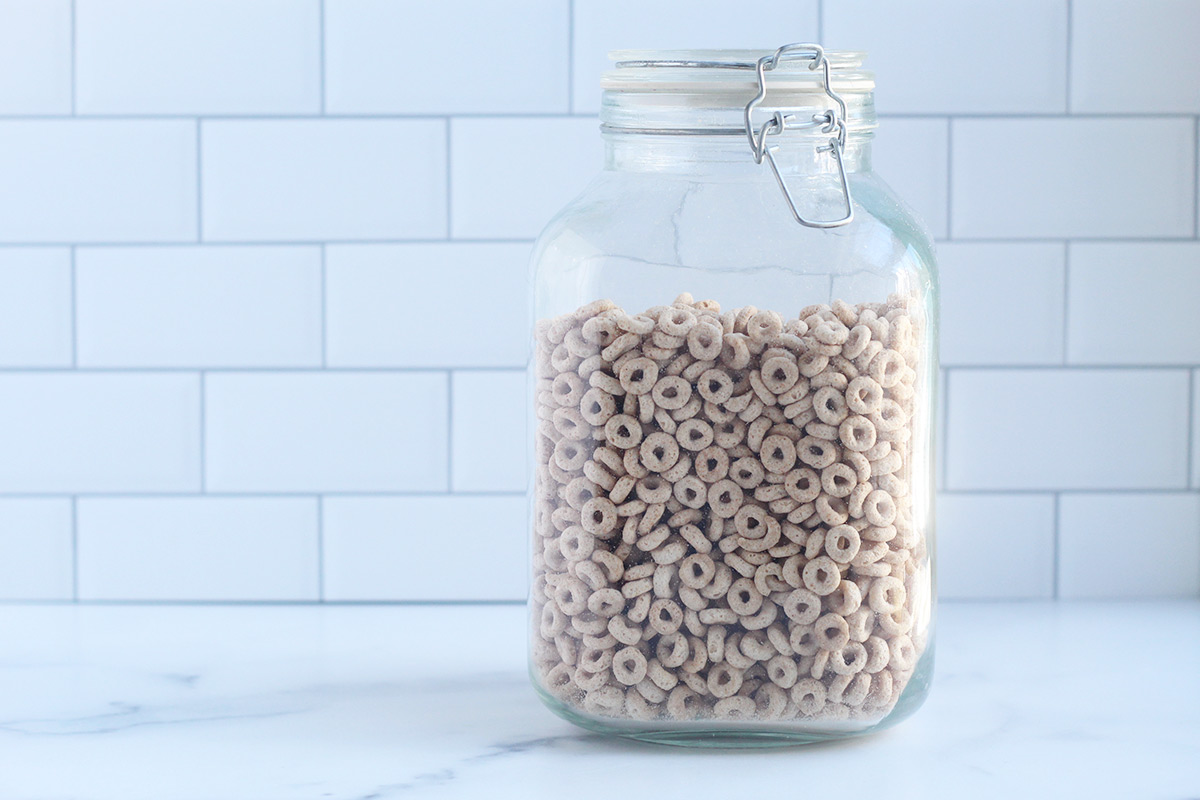
When can babies eat Cheerios?
Generally speaking, babies can start eating Cheerios around 9 months, or when they are able to pick up small pieces of foods with their fingers. There may be some variation depending on the development of your unique child, as some babies develop that fine motor skill a little before 9 months and some a little after.
Are Cheerios healthy?
Cheerios are made from whole grain oats, are fortified with iron (in addition to other vitamins and minerals including folate and vitamins C and A), and contain 1 gram of sugar.
They are also lower in sodium than other snack-type foods.
Table of Contents
- When can babies eat Cheerios?
- Are Cheerios healthy?
- When can a baby pick up small pieces?
- What type of Cheerios is best?
- Do babies need teeth to eat solids?
- What are the ingredients in Cheerios?
- Are Cheerios a choking hazard?
- Do I need to worry about GMOs or glyphosate?
- Can babies have Honey Nut Cheerios?
- Frequently Asked Questions
- Best Tips for Success
When can a baby pick up small pieces?
Usually around 9 months, babies develop what’s known as the “pincer grasp” when they can pick up small pieces with their fingers. (Before that, they don’t have the fine motor skills and will use their whole hand to pick things up—which works for larger sizes of foods.)
This is a good and natural time to introduce small pieces of soft, easy-to-squish early finger food for baby.
What type of Cheerios is best?
Plain, regular Original Cheerios are the best ones for babies, as they are free from flavorings, honey, and added sugar that other varieties have.
They are now certified gluten-free, which is helpful if you are concerned about that in your family.
Do babies need teeth to eat solids?
Babies chew with their gums primarily, which is helpful since molars aren’t the first teeth to come in. So the number of teeth doesn’t impact the types of early finger foods that kids can eat.
What are the ingredients in Cheerios?
According to the manufacturer, Cheerios are made of whole grain oats, cornstarch, sugar, salt, tripotassium phosphate, and Vitamin E (mixed tocopherols) added to preserve freshness.
They are also fortified with calcium carbonate, iron, and zinc (mineral nutrients), vitamin C (sodium ascorbate), B Vitamin (niacinamide), Vitamin B6 (pyridoxine hydrochloride), vitamin A (palmitate), vitamin B1 (thiamin mononitrate), A B Vitamin (folic acid), vitamin B12, vitamin D3.
Are Cheerios a choking hazard?
Generally speaking, their O shape and their quick-dissolve style keep them from being a choking hazard for babies who are offered them at the appropriate time (around 9 months or older).
They do not dissolve instantly, though, and dissolve more slowly than most baby puffs, so if you have any concerns, you can simply dampen them with a little nondairy unsweetened milk or water.
Do I need to worry about GMOs or glyphosate?
Cheerios are not reported to be made with GMO ingredients, though the nutrition label does say: “Trace amounts of genetically modified (also known as “genetically engineered”) material may be present due to potential cross contact during manufacturing and shipping.”
The glyphosate issue is murkier, mostly because the majority of the information about this online is from advocacy groups that may or may not have been paid to take a certain stance. Glyphosate is a weed killer commonly found in Monsanto’s Roundup, which is widely used in agricultural settings, including on grains like the oats found in Cheerios.
The leading group making headlines about this is the Environmental Working Group. They have independently decided to have much, much stricter limits on what they consider to be safe for children than the EPA. They have a history of putting out inflammatory reports that often distort actual science and scare the crap out of shoppers.
For what it’s worth, this story from Popular Science says that it would take 12 servings of breakfast cereal to be above a conservative limit for glyphosate. (Another source has it as 158 pounds of oat-based foods every single day.)
If you are concerned, you can choose an organic O style of cereal, which won’t have been made with grains treated with Roundup (since it’s not allowed under the organic program). One option are the Os from Cascadian Farms. (They are about twice as expensive as Cheerios.)
Many organic O cereals do have more added sugars (like this one from Nature Path), so you could keep an eye on that part of the nutrition label and see what your options are.
Also note that other brands may dissolve more or less easily.
Can babies have Honey Nut Cheerios?
No, babies under age 12 months cannot have Honey Nut Cheerios or any food with honey—whether cooked or uncooked. Honey can contain a bacteria that is potentially very dangerous to the immature immune systems of babies.
Read more about avoiding honey for babies.
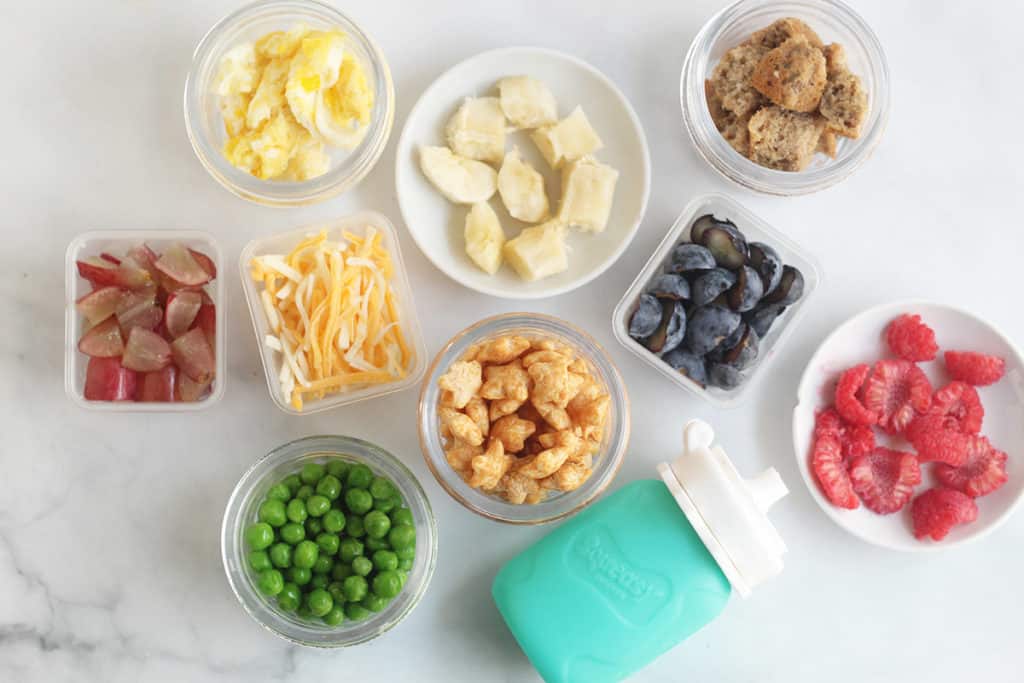
Frequently Asked Questions
Puffs are not categorically “bad” for babies and can be a helpful (and quick-dissolve) snack to have in the mix. There are many different kinds of puffs including ones made from nuts and seeds.
Kids can eat Honey Nut Cheerios over age 1 when it is safe for kids to consume any products with honey.
The best baby snacks are the same sorts of foods you’d serve for meals including fruits, veggies, whole grains, dairy like yogurt and cheese, eggs, diced up or shredded meats or fish. You can explore my baby snacks for more ideas.
Best Tips for Success
- Wait to offer foods like Cheerios until baby is 9 months, or able to pick up small pieces of foods with their fingers.
- Read more about starting solids and the baby food stages.
- If you have any concerns about choking or baby is challenged by the texture of Os, you can soften with a little nondairy milk or water.
- Reports of glyphostae are confusing and may not be an accurate representation of risk in the normal amounts of Cheerios that kids eat. If you have concerns, you can look for an organic O cereal, which will be more expensive but fairly widely available.
- Find my favorite cereals for toddlers, babies, and big kids.
- You may also like Master List of Baby Snacks, DIY Yogurt Melts, Baby Cookies, and Master List of Baby Food Recipes.
Related Posts
I’d love to hear any questions or feedback on this story, so please comment below!
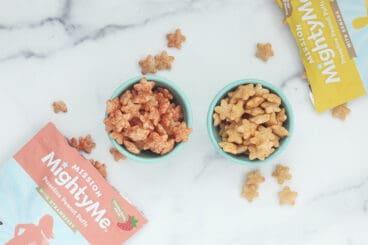
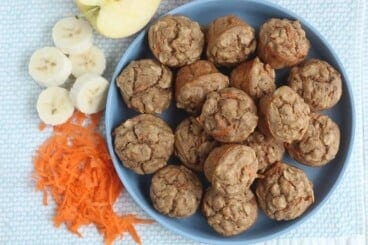
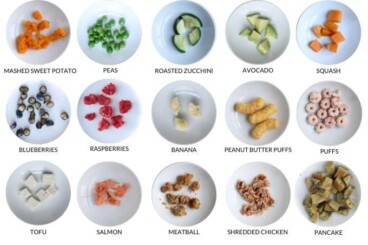
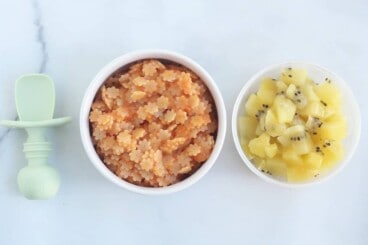
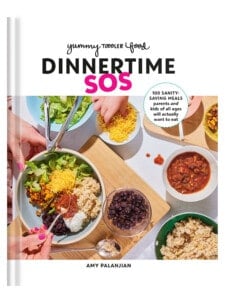
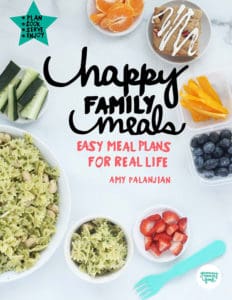
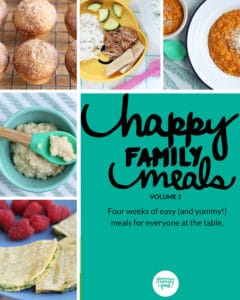
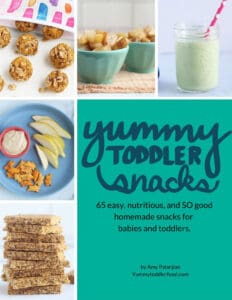




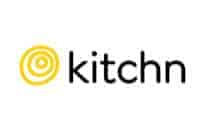
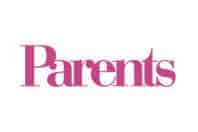



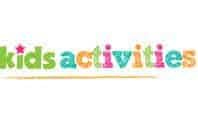
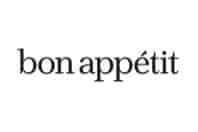
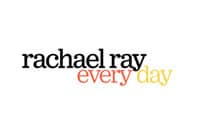
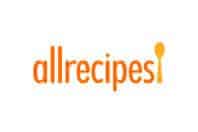

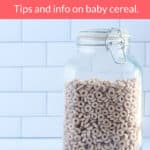
Wow Thanks for this post i find it hard to discover good quality details out there when it comes to this content appreciate for the blog post website
Original cheerios have sugar as the 3rd ingredient!
It’s still 1 gram per serving though.